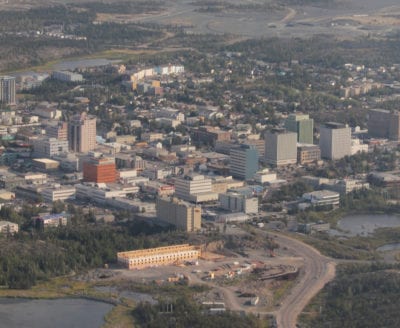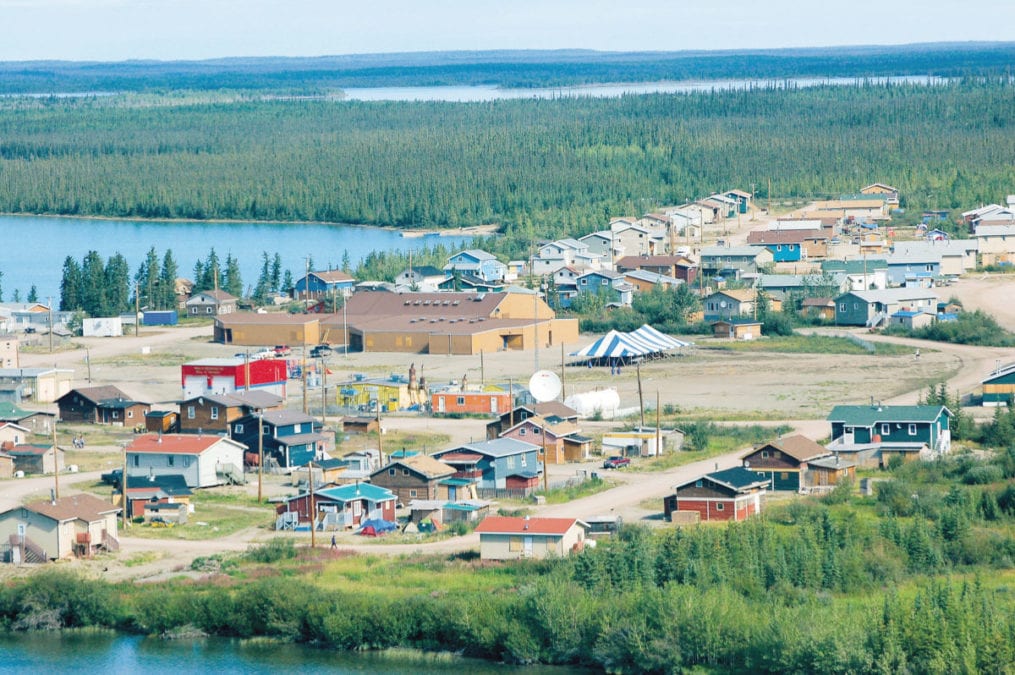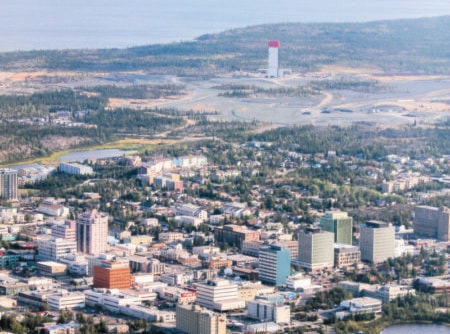Alternatives North, a social justice group based in the NWT, outlined “the reality of poverty in the NWT” in a new 2020 Poverty Report Card released last week.
The identifies – based on Statistics Canada and NWT Bureau of Statistics data – overcrowded housing, food insecurity and employment rates as key problematic areas in the territory.
It describes the ways that poverty contributes to “inordinately high rates of crime, violence, substance abuse and poor physical and mental health,” and makes eight recommendations for improvements. Among them are increased community programming, new data collection measures and an all hands on deck approach from the various levels of governments in the territory.
“Long-term solutions are needed to break the constraints within the NWT economy that drive people into and trap them in poverty. A basic guaranteed income, a living wage and economic restructuring are steps that can upend deep-rooted inequities in the NWT,” the report states.

Alternatives North member Suzette Montreuil said one ambition of the report card is to track the .
“It’s important that we keep doing this to see if there’s change,” she said
The from the Department of Health and Social Services (HSS) was released in 2015. The updated version, released in August 2019, acknowledges “actions must better serve the needs of those living in poverty,” by improving access to needs like food and shelter, while working “to address the root causes of poverty.”
The plan outlines that investing in education and social development as well as improving supports for children and families is how this could be done.
In 2014, 21.7 per cent of NWT households “often or sometimes” worried about running out of food before having money to buy more. In 2018 that number grew to 23.1 per cent of households.
"Any of the indicators that have gotten worse, that's what we fear," Montreuil said.
The 2020 poverty report card is the first Alternatives North has published. They plan to continue the yearly reports to track progress.
To create the report, Alternatives North partnered with Campaign 2000 – a Canadian advocacy initiative that brings non-profits together to “hold governments to account for ending poverty.”
Leila Sarangi is Campaign 2000’s national co-ordinator. She said one of the challenges with the poverty reduction strategy in the NWT is that there is no data to measure how the cost of staying above the poverty line in the territory compares to the national standard.
The Government of Canada dictates the country’s poverty line through the Market Basket Measure (MBM).
The MBM calculates the costs of a “basket” of goods and services required to meet “a modest standard of living” such as transportation, housing, food, clothing, etc.
Statistics Canada, however, does not currently produce an MBM for any of Canada’s territories. That means the official poverty line measurement does not account for the price differences of essential goods and services in ���ϳԹ��� jurisdictions.
“There’s no national understanding,” Sarangi said.
“It’s a human rights obligation to make sure people are provided with an adequate income and then how do we measure that.”
“There are huge amounts of poverty and no measurement that is relative to what’s happening to the rest of the country in terms of the distribution of income.”
Though there is no NWT MBM, the Alternatives North report card indicates that one in five NWT households has difficulty making ends meet to afford necessary expenses.
Alternatives North is calling on all levels of government to “move the needle forward.”
“We have to all own this, we all have a role to play,” Montreuil said.
“We need to be aware of each other and we need to be connected and find a way to take care of each other.”


.png;w=120;h=80;mode=crop)

